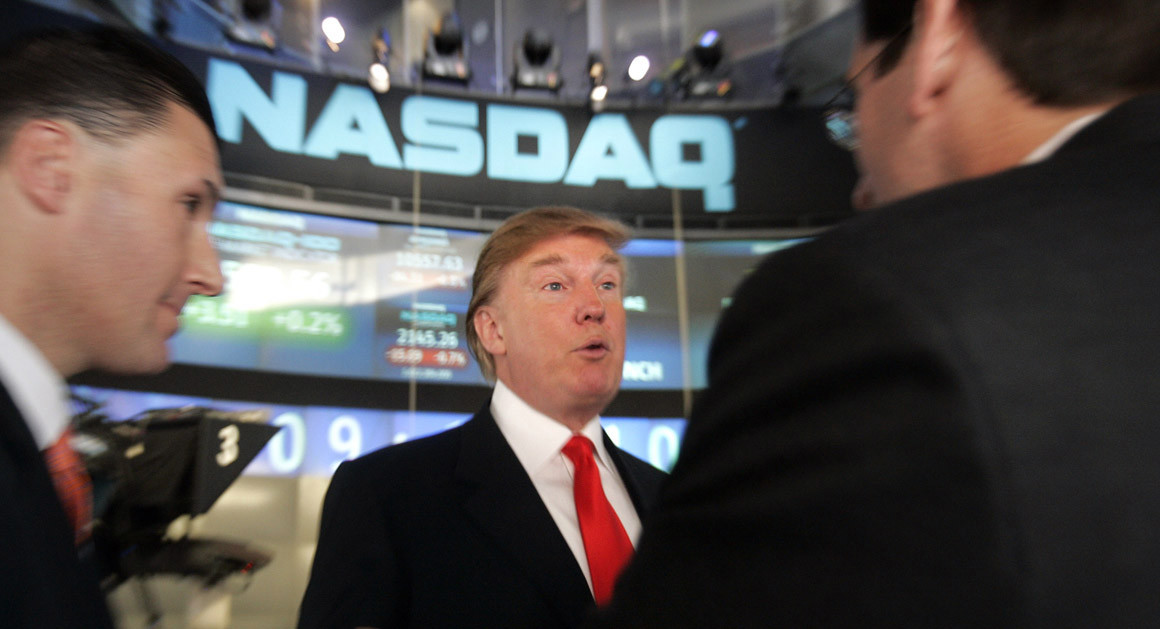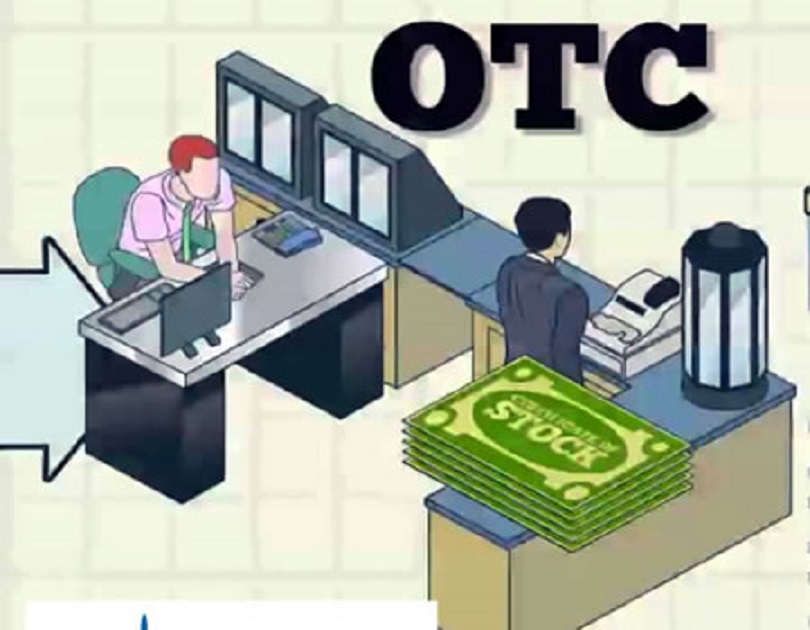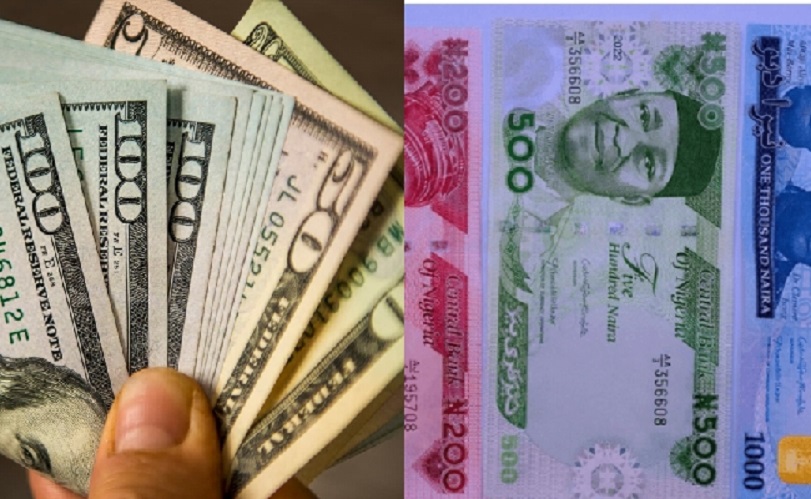Economy
Trade War Concerns May Further Weigh on Wall Street

By Investors Hub
The major U.S. index futures are pointing to a sharply lower opening on Friday, with stocks likely to extend the sell-off seen over the past few sessions.
The downward momentum on Wall Street comes as traders express concerns about the impact President Donald Trump?s plans to impose new tariffs on steel and aluminum imports will have on global trade.
Trump shrugged off the concerns in a post on Twitter early Friday morning, calling trade wars ?good? and ?easy to win?
?When a country (USA) is losing many billions of dollars on trade with virtually every country it does business with, trade wars are good, and easy to win,? Trump said.
He added, ?Example, when we are down $100 billion with a certain country and they get cute, don?t trade anymore-we win big. It?s easy!?
Following Trump?s announcement, several industry groups warned that the tariffs would lead to increased costs and hamper their ability to create jobs.
Stocks moved considerably lower during trading on Thursday, extending the sharp pullback seen over the two previous sessions. The major averages showed a lack of direction early in the day session but slid firmly into negative territory as the day progressed.
While the major averages climbed off their lows of the session, they still posted steep losses on the day. The Dow plummeted 420.22 points or 1.7 percent to 24,608.98, the Nasdaq tumbled 92.45 points or 1.3 percent to 7,180.56 and the S&P 500 slumped 36.16 points or 1.3 percent to 2,677.67.
The continued weakness on Wall Street came amid concerns about a potential trade war after President Donald Trump announced the U.S. will impose new tariffs on steel and aluminum imports.
Trump told metals industry executives at a White House meeting that he would sign an order formally imposing the new sanctions next week.
“Sometime next week we’ll be signing it in,” Trump said. “And you’re going to have protection for the first time in a long time.”
Trump indicated that he plans to impose a 25 percent tariff on steel imports and a 10 percent tariff on aluminum imports.
The tariffs are likely to benefit U.S. steel and aluminum producers, although some officials have warned of retaliation by the European Union and China.
Earlier in the day, traders kept a close eye on Federal Reserve Chairman Jerome Powell’s second day of testimony on Capitol Hill.
Powell testified before the Senate Banking Committee after his remarks before the House Financial Services Committee on Tuesday sparked fears the Fed may raise interest rates more than previously estimated.
The Fed chief added to uncertainty about the outlook for interest rates after telling the Senate committee there has not yet been strong evidence of a decisive increase in wages.
“We see wages by a couple of measures trending up a little bit, but most of them continuing to grow at two and a half percent,” Powell said.
“Nothing is suggesting to me that wage inflation is at a point of accelerating,” he added. “I would expect that some continued strengthening in the labor market can take place without causing inflation.”
On the U.S. economic front, the Labor Department released a report showing first-time claims for U.S. unemployment benefits unexpectedly fell to a nearly fifty-year low.
The report said initial jobless claims fell to 210,000 in the week ended February 24th, a decrease of 10,000 from the previous week’s revised level of 220,000. Economists had expected jobless claims to inch up to 226,000.
With the unexpected decrease, initial jobless claims fell to their lowest level since hitting 202,000 in December of 1969.
A separate report from the Commerce Department showed personal income increased by slightly more than expected in the month of January, while personal spending rose in line with estimates.
The Commerce Department said personal income climbed by 0.4 percent in January, matching the increase seen in December. Economists had expected income to rise by 0.3 percent.
Additionally, the report said personal spending edged up by 0.2 percent in January after climbing by an upwardly revised 0.4 percent in December.
Personal spending had been expected to rise by 0.2 percent compared to the 0.3 percent increase originally reported for the previous month.
The Institute for Supply Management also released a report showing an unexpected acceleration in the pace of growth in the manufacturing sector in the month of February.
The ISM said its purchasing managers index climbed to 60.8 in February from 59.1 in January, with a reading above 50 indicating growth in the manufacturing sector. Economists had expected the index to edge down to 58.7.
With the unexpected increase, the purchasing managers index reached its highest level since hitting 61.4 in May of 2004.
Most of the major sectors moved to the downside on the day, although particular weakness was visible among semiconductor stocks.
Reflecting the weakness in the semiconductor, the Philadelphia Semiconductor Index tumbled by 1.6 percent. The index continued to give back ground after reaching a record intraday high on Tuesday.
Healthcare stocks also moved significantly lower, dragging the Dow Jones U.S. Health Care Index down by 1.5 percent.
Biotechnology, financial, and chemical stocks also saw notable weakness, while some strength was visible among natural gas, steel and gold stocks.
Economy
NASD OTC Securities Exchange Closes Flat

By Adedapo Adesanya
The NASD Over-the-Counter (OTC) Securities Exchange closed flat on Thursday, December 12 after it ended the trading session with no single price gainer or loser.
As a result, the market capitalisation remained unchanged at N1.055 trillion as the NASD Unlisted Security Index (NSI) followed the same route, remaining at 3,012.50 points like the previous trading session.
However, the activity chart witnessed changes as the volume of securities traded at the bourse went down by 92.5 per cent to 447,905 units from the 5.9 million units transacted a day earlier.
In the same vein, the value of securities bought and sold by investors declined by 86.6 per cent to N3.02 million from the N22.5 million recorded in the preceding trading day.
But the number of deals carried out during the session remained unchanged at 21 deals, according to data obtained by Business Post.
When trading activities ended for the day, Geo-Fluids Plc remained the most active stock by volume (year-to-date) with 1.7 billion units sold for N3.9 billion, Okitipupa Plc came next with 752.2 million units valued at N7.8 billion, and Afriland Properties Plc was in third place with 297.5 million units worth N5.3 million.
Also, Aradel Holdings Plc remained the most active stock by value (year-to-date) with 108.7 million units worth N89.2 billion, followed by Okitipupa Plc with 752.2 million units valued at N7.8 billion, and Afriland Properties Plc with 297.5 million units sold for N5.3 billion.
Economy
Naira Firms to N1,534/$1 at NAFEM, Crashes to N1,680/$1 at Black Market

By Adedapo Adesanya
The Naira appreciated against the United States Dollar at the Nigerian Autonomous Foreign Exchange Market (NAFEM) by N14.79 or 0.9 per cent to trade at N1,534.50/$1 compared with the preceding day’s N1,549.29/$1 on Thursday, December 12.
The strengthening of the domestic currency during the trading session was influenced by the introduction of the Electronic Foreign Exchange Matching System (EFEMS) by the Central Bank of Nigeria (CBN).
The implementation of the forex system comes with diverse implications for all segments of the financial markets that deal with FX, including the rebound in the value of the Naira across markets.
The system instantly reflects data on all FX transactions conducted in the interbank market and approved by the CBN; publication of real-time prices and buy-sell orders data from this system has lent support to the Naira at the official market.
Equally, the local currency improved its value against the British Pound Sterling by N3.91 to wrap the session at N1,954.77/£1 compared with the previous day’s N1,958.65/£1 and against the Euro, the Nigerian currency gained N2.25 to sell for N1,610.41/€1 versus N1,612.66/€1.
However, in the black market, the Naira crashed further against the US Dollar on Thursday by N10 to quote at N1,680/$1 compared with Wednesday’s closing rate of N1,670/$1.
Meanwhile, the cryptocurrency market majorly corrected after earlier gains as US President-elect Donald Trump reiterated his ambition to embrace crypto assets, but a bond market rout dragged risk assets lower.
Mr Trump said, “We’re going to do something great with crypto” while ringing the opening bell at the New York Stock Exchange, reiterating his ambition to embrace digital assets in the world’s largest economy and create a strategic bitcoin reserve.
Alongside, the European Central Bank trimmed its benchmark interest rates by 25 basis points and in its dovish policy statement hinted that more rate cuts were likely to happen.
The biggest loss was made by Cardano (ADA), which fell by 4.9 per cent to trade at $1.10, followed by Ripple (XRP), which slid by 4.1 per cent to $2.33 and Dogecoin (DOGE) recorded a value depreciation of 2.9 per cent to sell at $0.4064.
Further, Solana (SOL) slumped by 1.8 per cent to $225.89, Binance Coin (BNB) slipped by 1.3 per cent to $746.92, Bitcoin (BTC) declined by 0.6 per cent to $99,998.18, Ethereum (ETH) crumbled by 0.5 per cent to $3,909.43, and Litecoin (LTC) dipped by 0.3 per cent to $121.52, while the US Dollar Tether (USDT) and the US Dollar Coin (USDC) remained unchanged at $1.00 each.
Economy
Oil Market Falls on Expected Increase in Supply Surplus

By Adedapo Adesanya
The oil market slumped on Thursday, pressured by an expected increase in supply, supported by rising expectations of a Federal Reserve interest rate cut.
The International Energy Agency (EIA) made a slight upward revision to its demand outlook for next year but still expected the oil market to be comfortably supplied, with Brent crude futures losing 11 cents or 0.15 per cent to trade at $73.41 per barrel and the US West Texas Intermediate (WTI) crude futures declining by 27 cents or 0.38 per cent to finish at $70.02 per barrel.
The IEA in its monthly oil market report increased its 2025 global oil demand growth forecast to 1.1 million barrels per day from 990,000 barrels per day last month, largely in Asian countries due to the impact of China’s recent stimulus measures.
At the same time, the IEA expects nations not in the Organisation of the Petroleum Exporting Countries and Allies (OPEC+) group to boost supply by about 1.5 million barrels per day next year, driven by the US, Canada, Guyana, Brazil and Argentina – more than the rate of demand growth.
On Wednesday, OPEC cut its demand growth forecast for 2024 for the fifth straight month.
The IEA said that, even excluding the return to higher output quotas, its current outlook is to a 950,000 barrels per day supply overhang next year, which is almost 1 per cent of the world’s supply.
The Paris-based agency said this would rise to 1.4 million barrels per day if OPEC+ goes ahead with its plan to start unwinding cuts from the end of next March.
Next year’s surplus could make it harder for OPEC+ to bring back production. The hike was earlier due to start in October 2024, but OPEC+ has delayed it amid falling prices.
Meanwhile, inflation rose slightly in November increasing the possibility of a US Federal Reserve rates cut again as the data fed optimism about economic growth and energy demand.
Support also came as crude imports in China grew annually for the first time in seven months in November, up more than 14 per cent from a year earlier.
-

 Feature/OPED5 years ago
Feature/OPED5 years agoDavos was Different this year
-
Travel/Tourism8 years ago
Lagos Seals Western Lodge Hotel In Ikorodu
-

 Showbiz2 years ago
Showbiz2 years agoEstranged Lover Releases Videos of Empress Njamah Bathing
-

 Banking6 years ago
Banking6 years agoSort Codes of GTBank Branches in Nigeria
-

 Economy2 years ago
Economy2 years agoSubsidy Removal: CNG at N130 Per Litre Cheaper Than Petrol—IPMAN
-

 Banking2 years ago
Banking2 years agoFirst Bank Announces Planned Downtime
-

 Sports2 years ago
Sports2 years agoHighest Paid Nigerian Footballer – How Much Do Nigerian Footballers Earn
-

 Technology4 years ago
Technology4 years agoHow To Link Your MTN, Airtel, Glo, 9mobile Lines to NIN






















